DC Water Increases Rates to Pay for New Infrastructure
Residents of the nation’s capital will pay a new fixed fee for replacing old pipes.
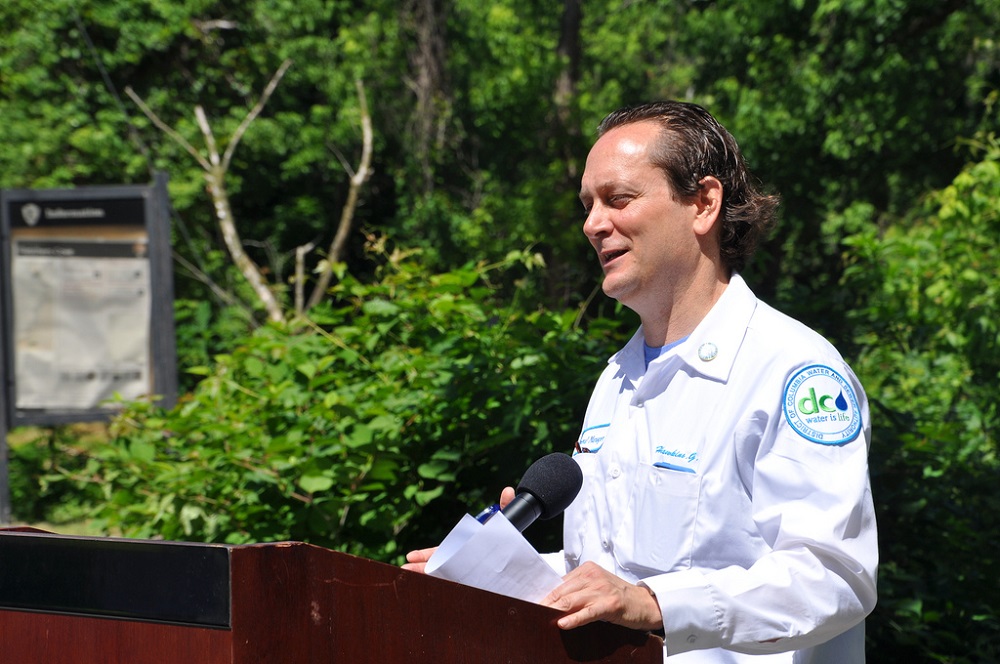
Like many of the largest cities in the United States, Washington, D.C., is changing its water rates in order to reinvest in a deteriorating drinking water system and to adapt to an era in which widespread water conservation destabilizes utility budgets.
Earlier this month, the board of directors for DC Water, the capital’s water and sewer authority, approved a new monthly infrastructure fee that will go into effect on October 1 and provide an estimated $US 40 million per year to replace the pipes, pumps, and meters that direct the flow of drinking water throughout the city.
The nation’s capital faces two challenges that are becoming increasingly common in the United States: an old water system and successful water-conservation programs.
Half the water pipes beneath the streets of Washington, D.C., were placed in the ground before the Great Depression, nearly eight decades ago. A few water mains still in operation today were installed before the Civil War, which just marked its 150th anniversary. The pattern of old pipes is repeated in many Rust Belt and New England cities that boomed in the early- to mid-20th century. The median age of Baltimore’s water mains, for instance, is 75 years, the city’s public works department told Circle of Blue.
“It reflects a reality of our fair city that needs to be updated and has come due in our time, which is: we have very old water infrastructure,” said George Hawkins, CEO and general manager of DC Water, in an interview Tuesday during the Kojo Nnamdi Show on WAMU 88.5. “The time has come for us to replace them.”
Replacing old pipes requires money — as much as $US 1 trillion nationally over the next two decades, according to the American Water Works Association, a trade group. But DC Water — like utilities from Texas to California — is selling less water. Plumbing codes, low-flow showerheads and toilets, and more efficient industrial practices have cut water use, and residents are heeding the conservation message.
Hawkins said that water use is lower today than when he arrived in 2009, even though the city has grown by nearly 70,000 people.
Though conservation provides significant benefits — including reducing energy consumption and delaying or even eliminating the need for expensive new reservoirs or treatment facilities — lower water use also presents challenges for utility finances.
“The challenge to us is that most of our costs don’t always go down when people’s [use] goes down,” Hawkins said in the radio interview. “People want those mains in the street to be replaced and be up to date. Whether they use a lot or a little, they want [that infrastructure] at the ready.”
As a result, fixed fees, which are paid regardless of how much water is used, are gaining popularity. Most residential customers in Washington, D.C., will pay an additional $US 6.30 per month this fall for the water-system fee, which will be used to replace at least 1 percent of the city’s water mains per year.
DC Water is following in the footsteps of utilities in Austin, Charlotte, Las Vegas, and other cities that have put in place new fixed fees in recent years. Water prices have increased 41 percent in 30 major U.S. cities since 2010, according to Circle of Blue research.
The drinking water-system replacement is one of several major investments that DC Water is making. The utility is spending $US 2.6 billion on the Clean Rivers Project, the city’s largest infrastructure commitment since construction of the subway system, which began in 1969. The goal of the project is to cut the amount of sewage that flows into the Anacostia and Potomac rivers.
The utility also renegotiated a consent decree in May with the U.S. Justice Department that will allow DC Water to invest in water-absorbing wetlands, grassy roofs, and other green infrastructure as part of its plan to reduce sewage overflows.
Brett writes about agriculture, energy, infrastructure, and the politics and economics of water in the United States. He also writes the Federal Water Tap, Circle of Blue’s weekly digest of U.S. government water news. He is the winner of two Society of Environmental Journalists reporting awards, one of the top honors in American environmental journalism: first place for explanatory reporting for a series on septic system pollution in the United States(2016) and third place for beat reporting in a small market (2014). He received the Sierra Club’s Distinguished Service Award in 2018. Brett lives in Seattle, where he hikes the mountains and bakes pies. Contact Brett Walton


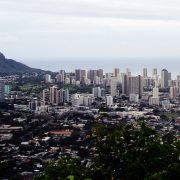


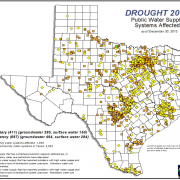
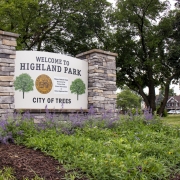
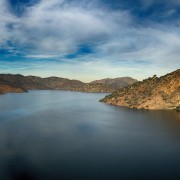


Leave a Reply
Want to join the discussion?Feel free to contribute!